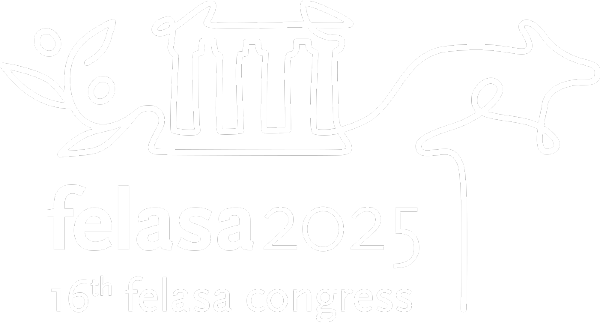
June 02 – 05 2025
Athens, Greece
Reducing Severity in Animal Research
About the Theme
Directive 2010/63/EU introduced, for the first time, requirements for the severity classification and reporting in scientific procedures carried out on animals.
Reducing severity, pain and distress in animal research is an ethical obligation of investigators, veterinarians, and animal care personnel, mandated also by the “3Rs” principles anchored in the directive.
As an integral part of conducting “good science”, reducing severity in animal research improves the well-being of laboratory animals and thus avoids unnecessary health problems, pain, and stress. This way will also reduce unwanted variables invalidating study results.
The congress will focus on the present situation, through lectures and workshops, and propose future perspectives for design of animal studies.
Preliminary Congress Programme
Please find the preliminary list of accepted sessions and workshops sorted by topic below. Click the toggle to find out more about the topic description, sessions and workshops. The elements marked in italics are Skill Up Technical Sessions. These aim at the applied practical work for technicians in the field.
Details on session dates and times are to be confirmed and will be updated closer to the congress.
1.Demonstrating Ethical Awareness and Accountability
Ethical values are key elements of animal research. How can ethical awareness and moral sensitivity be fostered in an organization? Which tools do we have? What is the role of Education and Training? Is knowing enough? How do we talk about suffering? How do we demonstrate accountability and commitment to never stop improving? What factors may threaten ethical practice?
Key words: Openness, transparency, quality, regulations and regulatory compliance, Animal Welfare Body, Ethics committee, Non-Technical Summary, severity reporting, best practice.
2.Reducing Severity
Reducing severity in animal studies is essential. How can we best assure that this consideration is enforced? What is the role of Education and Training? What factors may threaten application of the least harmful approach?
Key words: Refinement, non-animal methods, endpoints, scoring, Genetically Altered Animals, 3Rs, experimental design, severity classification, harm-reduction, harm-benefit assessment, Continuous Professional Development.
3. Improving Care and Welfare
Quoting Bernard Rollin ”depriving animals of the ability to fulfil their natural biologic functions is often a more significant harm than momentary interactions like drawing blood” – How can we assure the best lifetime experience for animals in our care? Which obstacles do we see and how can we overcome them?
Key words: Welfare assessment, assessing distress, pain management, contingent suffering, facilities, animal caretakers, veterinary care, enrichment, competence, habituation, training animals.
4. Fostering Culture of Care
Culture of Care is a global approach to caring for and working with research animals, also encompassing care for those caring for animals. How can leadership, formal and informal communication patterns, organizational structures foster a Culture of Care? What are the threatening factors? How can Animal Welfare Bodies and Ethics Committees participate? How to encourage compassion satisfaction?
Key words: Leadership, Animal Welfare Body, communication, Education and Training, personnel recognition, compassion fatigue/compassion satisfaction, work satisfaction, staff care.
5. Aiming for a better future
New technologies are continuously emerging. Looking into the crystal ball, how can we best assure that future research animals benefit from this evolution? How may Continuous Professional Development contribute to change? How new techniques could be spread and include in animal research?
Key words: Artificial Intelligence (AI), remote monitoring, imaging techniques, home cage monitoring, sustainability, simulation, translatability.
